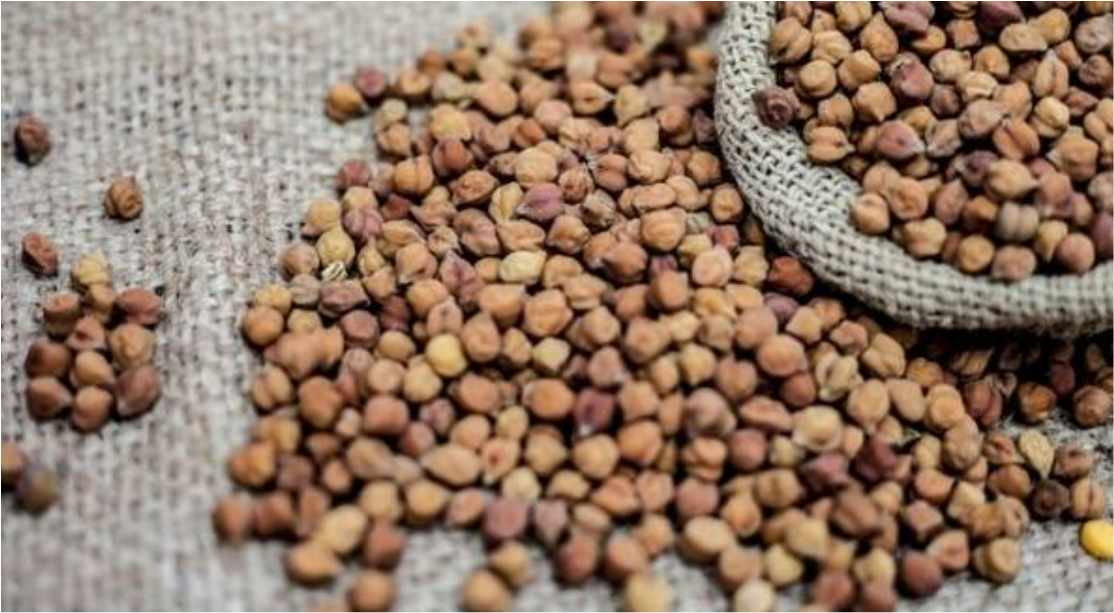
The government's procurement of chana (gramme), which accounts for more than 48% of the country's pulses production, has surpassed 1 million tonne (MT) in the current rabi season (2022-23) so far, compared to just 0.3 MT the previous year. This is due to a bumper harvest that has driven mandi prices below the minimum support price (MSP).
According to FE sources, the National Agricultural Cooperative Marketing Federation of India (Nafed) is expected to procure close to 2 MT of chana under MSP operations by the end of May.
This would help the government's buffer stock, which is used to prevent future spikes in pulse prices. Under a price stabilization fund and price support scheme, NAFED purchases pulses on behalf of the departments of consumer affairs and agriculture and farmers' welfare.
Since the beginning of the month, farmers' cooperatives have purchased 1.01 MT of chana from farmers in Gujarat (0.37 MT), Maharashtra (0.34 MT), Karnataka (0.06 MT), and Telangana (0.05 MT). The procurement of chana has just begun in Rajasthan and Madhya Pradesh, two major producers of pulses.
In the current session, Rajasthan is expected to procure around 0.3 MT of chana from farmers. Around 0.4 to 0.5 MT of chana is expected to be procured in Madhya Pradesh in the next month or so. According to a government official, "at this rate of procurement, we will be purchasing close to 2 MT of Chana this session."
The benchmark mandi prices of chana in Alwar (Rajasthan), Latur (Maharashtra), Sehore (Madhya Pradesh), and Hyderabad (Telangana) are currently ranging between Rs 4,600 and Rs 4,900 per quintal, against the MSP of Rs 5,230 per quintal.
"Because of bumper output and sufficient government stocks, prices are expected to rule below MSP in the coming months," says Nitin Kalantri, managing director of Kalantri Food, a Latur, Maharashtra based processor of pulses.
Current chana procurement has increased the government's buffer stock to 2.5 MT, compared to a buffer norm of 2.1 MT. Other varieties of pulses, on the other hand, have smaller government stocks due to lower procurement – moong (0.32 MT), urad (0.03 MT), tur (0.12 MT), and masoor (0.07 MT) at the moment.
According to the second advance estimates for the 2021-22 season, chana output is expected to reach 13.12 MT in the 2021-22 crop year (July-June), up from 11.91 MT in 2020-21.
A large portion of the total desi chana production is used in the production of gramme flour (besan). In the calculation of food inflation, one gramme is worth 0.6 percent.
India has maintained an effective ban on the import of yellow peas (matar), which were primarily used as a cheaper substitute for desi chana in the production of Gram flour (besan). The effective ban on yellow pea imports, according to officials, was put in place to protect domestic prices.
















